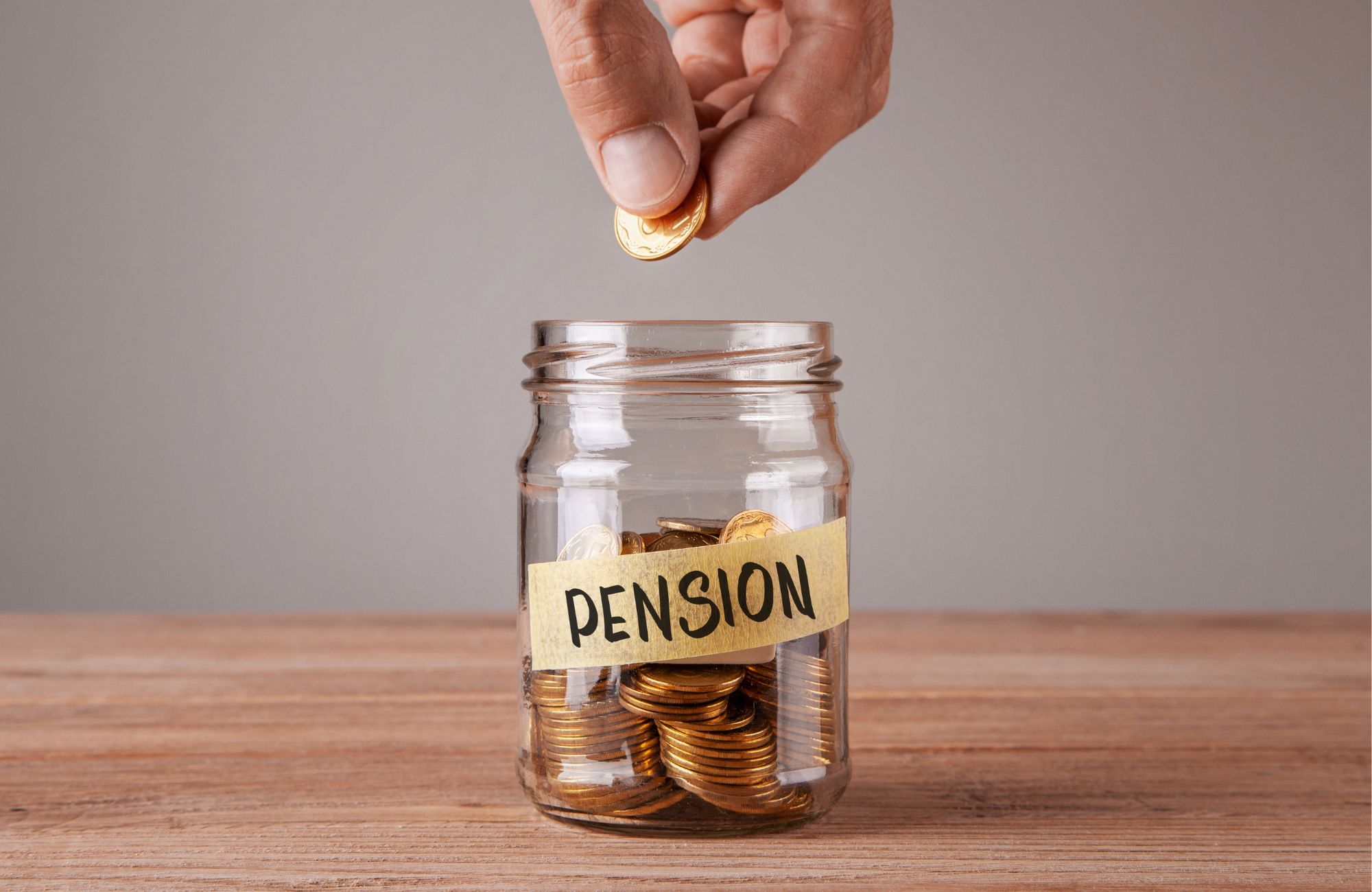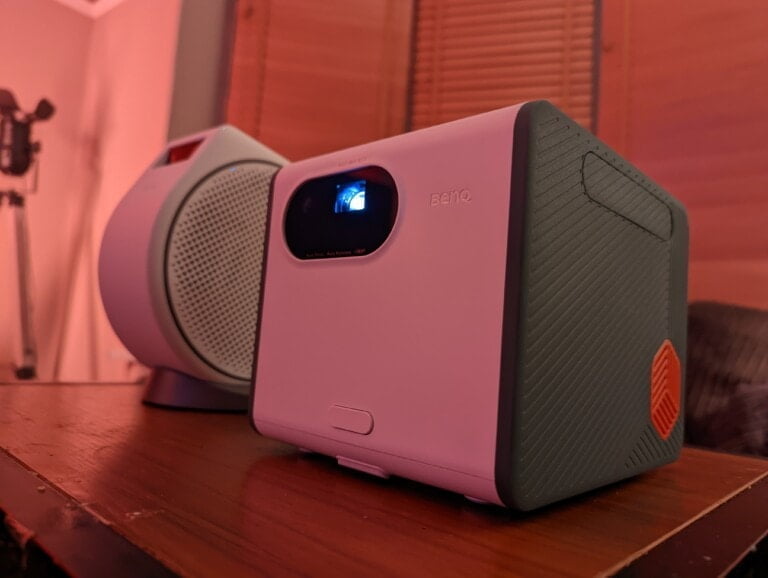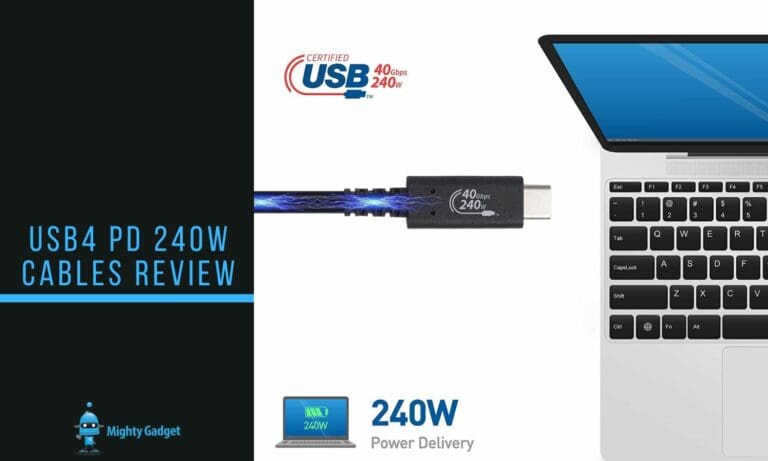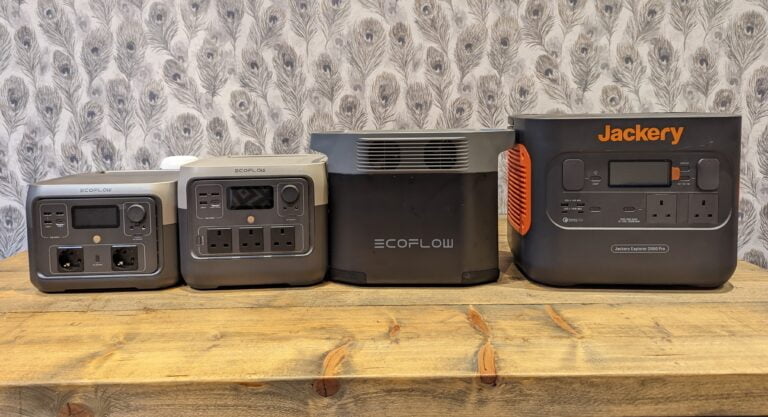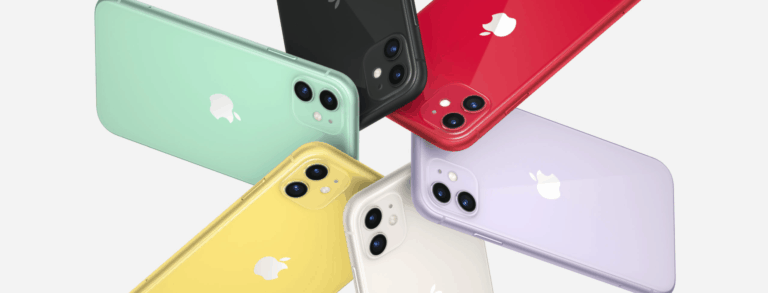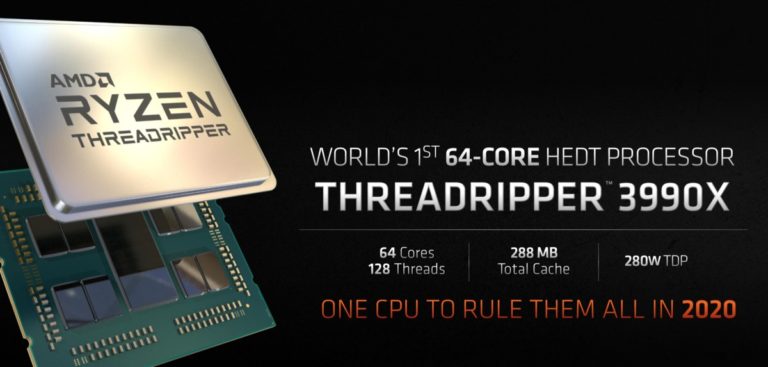Any links to online stores should be assumed to be affiliates. The company or PR agency provides all or most review samples. They have no control over my content, and I provide my honest opinion.
A personal pension is any pension that you can join yourself that is not a workplace pension or a state pension. This can be a little confusing as there are three types of personal pension schemes, one of which is just called a personal pension scheme. The three types of schemes are personal pensions, stakeholder pensions, and self-invested personal pension plans (SIPPs). These are all defined contribution schemes which means you save up a pot of money that is invested in a fund and can be accessed from the age of 55. You can check out this pension guide for a more in-depth look at your personal pension options.
What is a personal pension plan?
A personal pension plan is a pension you set up yourself with a pension provider – usually an insurance company. You can set up a personal pension whether you work or not, and other people can contribute to it too.
For example, if your partner is the sole earner then you can set up your own pension for them to pay into. Or if you are employed then you can request that your employer pays into your personal pension instead of your workplace pension – this is perfect for people who move jobs regularly and do not want to keep up with joining all the different pension schemes. However, your employer does not have to agree to this arrangement. You will be charged an annual fee, taken automatically from a percentage of your pension pot, usually a slightly higher fee than for workplace pensions.
What is a stakeholder pension?
A stakeholder pension is very similar to a standard personal pension but there are some key differences.
A stakeholder pension often has lower annual fees than a personal pension, as they are limited by law to 1.5% of the pot size for the first 10 years and 1% after that. You may also be allowed a lower minimum contribution than an ordinary personal pension – stakeholder pensions have a minimum contribution as low as £20 per month. Another key difference is that stakeholder pensions may offer a narrower range of funds for investing your contributions which can result in lower growth.
What is a self-invested personal pension (SIPP)?
A self-invested personal pension or SIPP is the most flexible kind of personal pension because it lets you choose the investments that make up the fund. You have a wide variety of different options and asset classes such as equities, commercial properties, investment trusts, and government securities. This is what makes it an attractive option for those who like to take a more active role in their investments. You can also appoint a fund manager or independent financial advisor to handle the investment strategy for you. SIPPs are potentially higher risk but also have the potential for higher levels of growth. They can also incur higher management charges too.
You can set up a junior SIPP for anyone under the age of 18 – this can deliver surprisingly good returns because the money is invested for such a long time.
I am James, a UK-based tech enthusiast and the Editor and Owner of Mighty Gadget, which I’ve proudly run since 2007. Passionate about all things technology, my expertise spans from computers and networking to mobile, wearables, and smart home devices.
As a fitness fanatic who loves running and cycling, I also have a keen interest in fitness-related technology, and I take every opportunity to cover this niche on my blog. My diverse interests allow me to bring a unique perspective to tech blogging, merging lifestyle, fitness, and the latest tech trends.
In my academic pursuits, I earned a BSc in Information Systems Design from UCLAN, before advancing my learning with a Master’s Degree in Computing. This advanced study also included Cisco CCNA accreditation, further demonstrating my commitment to understanding and staying ahead of the technology curve.
I’m proud to share that Vuelio has consistently ranked Mighty Gadget as one of the top technology blogs in the UK. With my dedication to technology and drive to share my insights, I aim to continue providing my readers with engaging and informative content.

